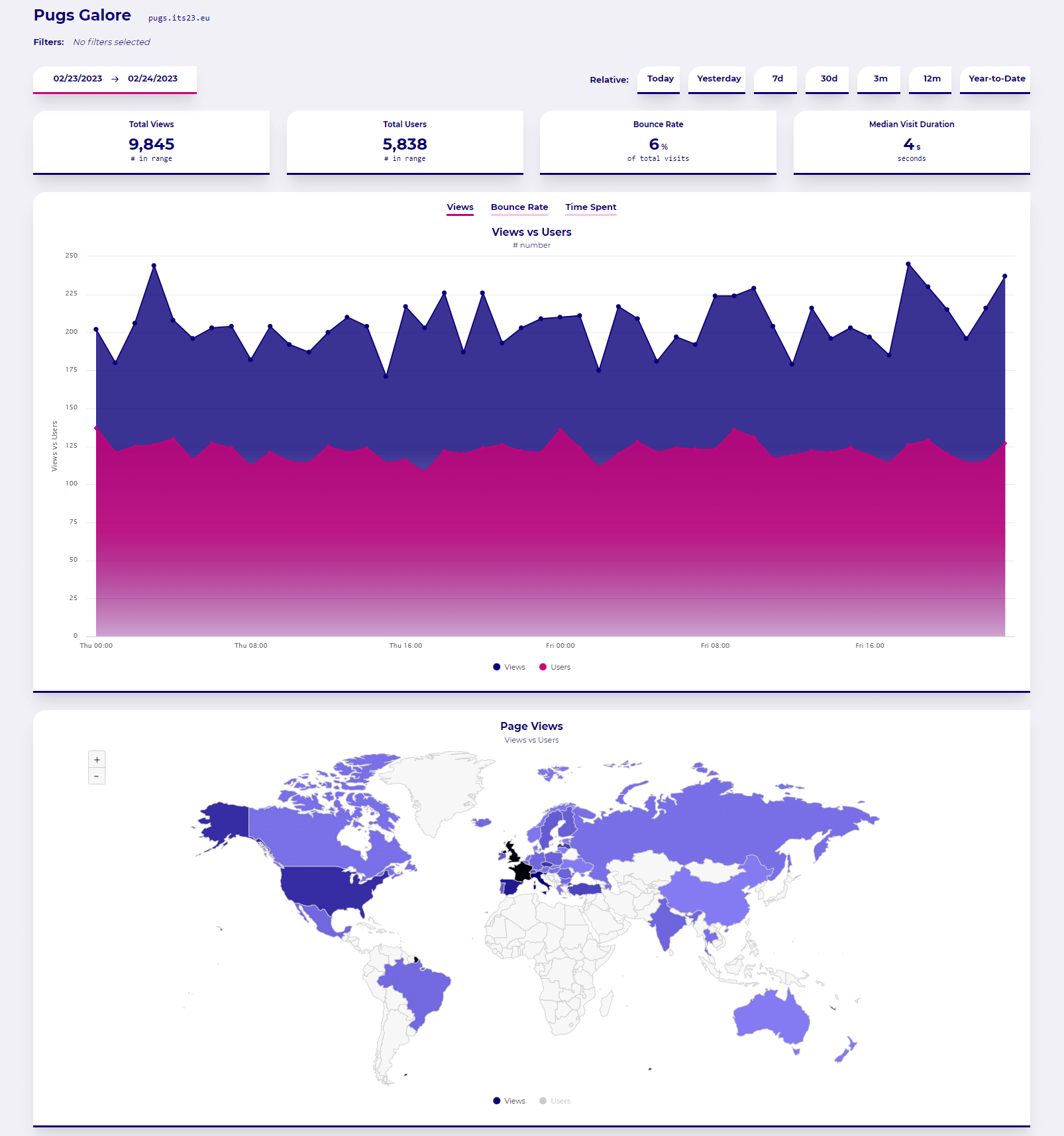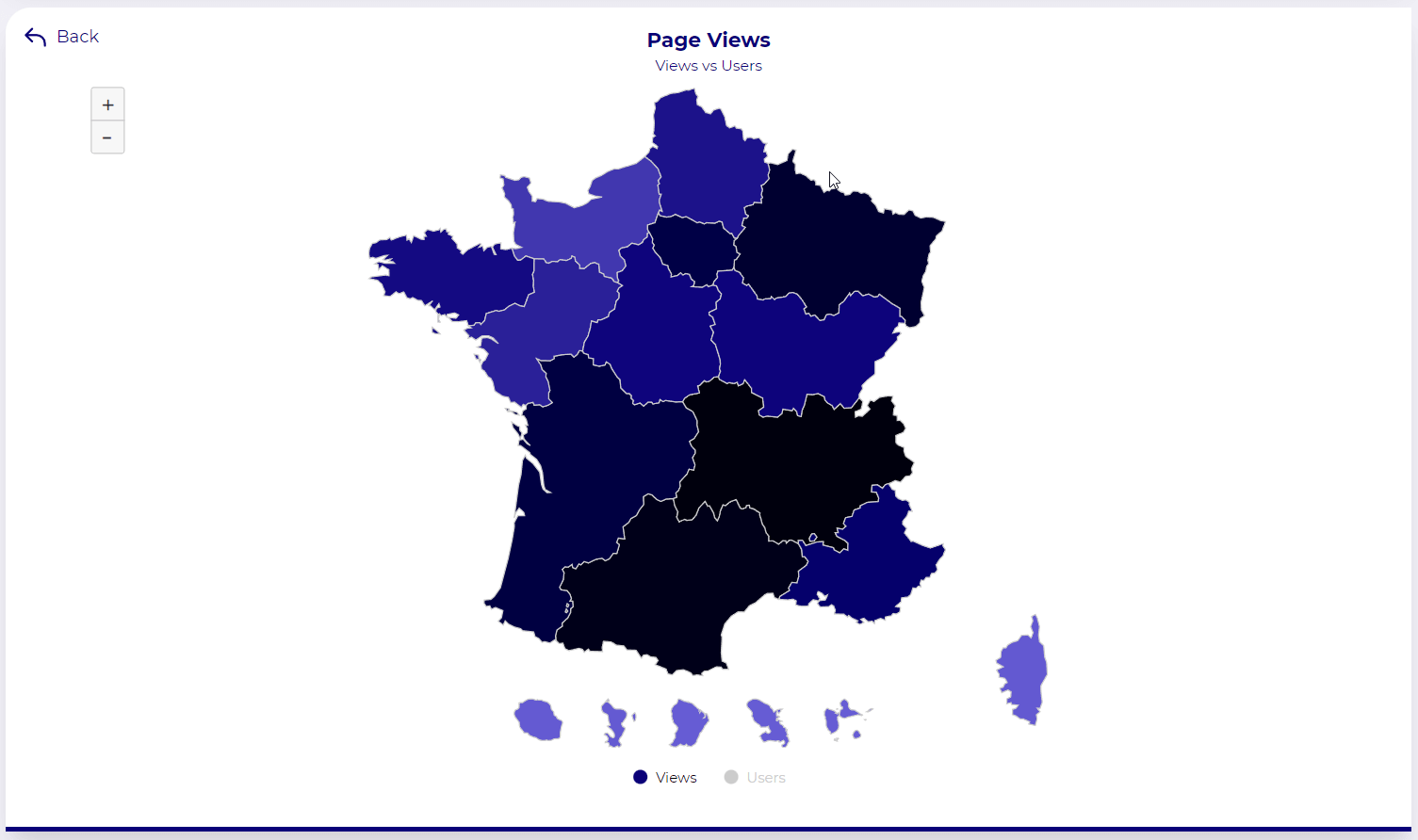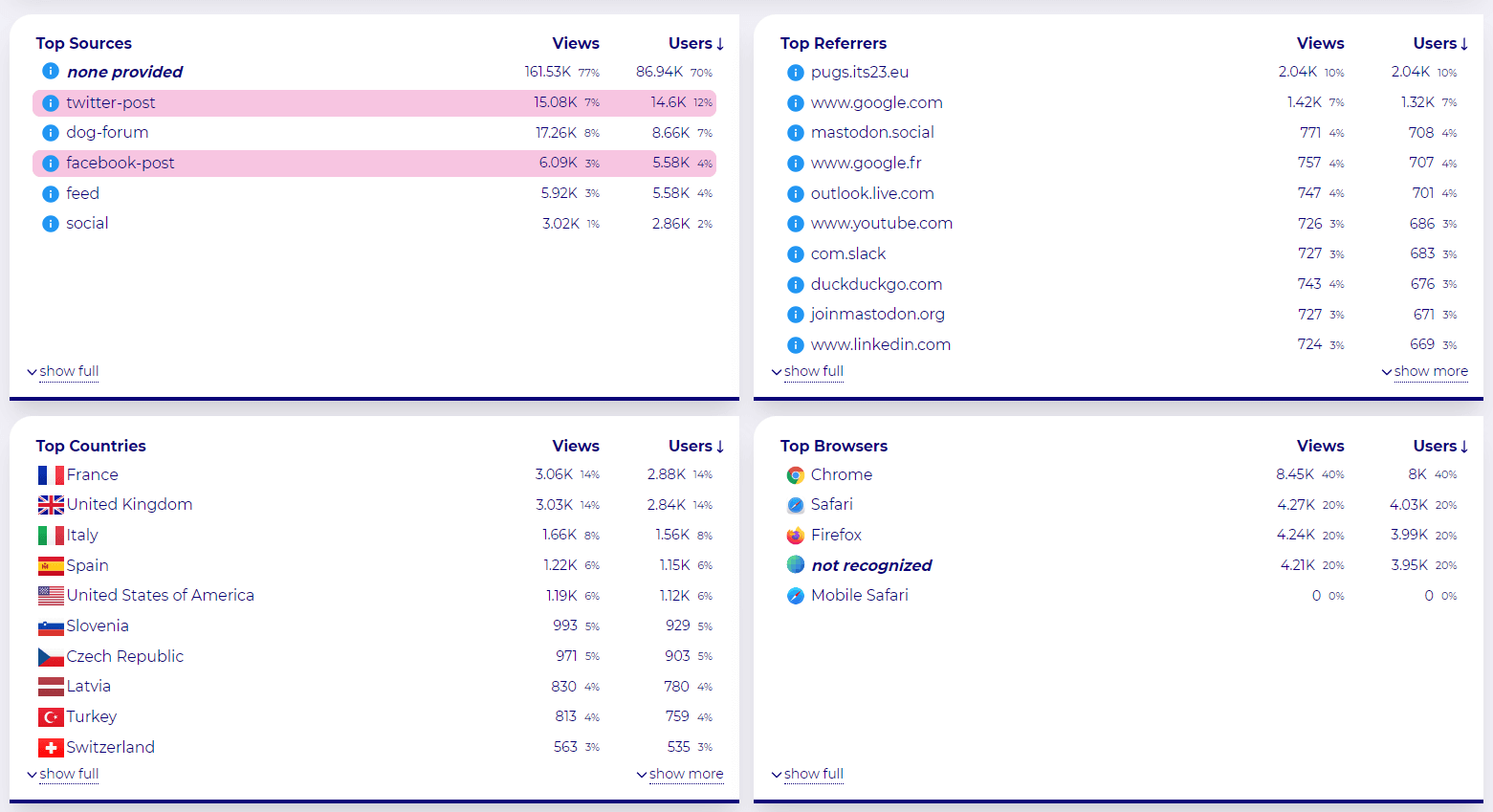What is your definition of traffic source? How do you attribute a visit to a marketing efforts and promotional measures? This will be different from business to business and also on geography.
In certain Southeast Asian countries, Facebook is considered to be the Internet. Is traffic from Facebook indicating of your Ads performance, network effect, or simply the norm?
There is no one size fits all approach to tracking the source of traffic and how your users found you.
We will explore a few common ways of exploring traffic sources as they reach your website.
From where did my visitors come from? Where are they located?
How does web analytics software, such as Google Analytics or Wide Angle Analytics, know where your visitors are coming from?
When a user visits your website and loads a tracker, their browser will make a request to the server. The server, thanks to the Internet protocol, will be able to read the IP address where the request came from.
In most cases, the IP address of a consumer originates from their Internet Service Provider (ISP), and varies over time. You can’t use the IP address to determine exact location, as in address and street number. But what you can do, is assess a reasonably accurate approximation. Often down to a city level.
Reversing such an IP address to a geographical location is achieved using specialized, frequently updated databases, such as MaxMind.
In Wide Angle Analytics, this information is readily available on both, Views and Pages dashboards. In this case, we will focus on Views Dashboard, which reports using a much larger map component.

If you are a global, Internet business or a large brand, it is likely you are going to see traffic from all over the world. A local business, with local advertising and customer base, is likely to have a much smaller cluster of visitors.
Click on the map to drill to a country view. To preserve privacy, and not overpromise on accuracy, we do not report lower than region/province level.

What question can map view answer?
Plenty! Here are a few examples.
- Did the billboard we booked next to a highway have an impact?
- Did the targeted ad campaign reach the intended audience?
- Are we a victim of Ad fraud?
- Is our brand gaining awareness in places we do not do marketing? Why?
- Is our website facing clickjacking attempts?
Experiment with map view and filters on our live demo. No account needed!
Where did visitors find us on the Internet?
There are two established ways to track the source of traffic. That’s the:
- HTTP Referrer, and
- tracking parameters
Wide Angle supports both, and can easily show you where the traffic came from. In the past, we dived deeper into these subjects, so if you would like to learn when to use which approach, or how to make these reliable, do check these articles:
Here is super condensed summary for busy readers.
HTTP Referrer
- HTTP Referrer requires discipline and consistency with sharing links, which is not always possible and various platforms, such as Twitter and Facebook, will have their rules in place.
- Referrer information is easily lost if share HTTP (not secure) link to a secure (HTTPS) website.
- The original referrer will be hidden in case of link shorteners.
- It is not ideal, but can work in the right conditions.
- No extra effort. It is part of how browsers work.
URL Parameters
- Mostly reliable.
- Pass though URL shorteners without loss of information.
- Require link building skills and sharing the right link in the right place.
- Can make your links look ugly.
With that settled, you can dive into Views Dashboard and view the Source and Referrer. The Source table is, as the name suggests, a source of your traffic. In this generic view, we conflate the ref and utm_source. Whether it is campaign source or referral partners, this will easily uncover where the visits came from.

Explore Wide Angle’s flexible filters to slice and dice the information to meet your business needs.

So far, we discussed website traffic and visits in general. But you can do more. With the Pages Dashboard, you can see not only the source of the traffic, but also the inbound entry pages.
This can further demystify how your visitors share the content from the website. For example, seeing a significant amount of traffic landing a specific blog article, could be an indication of prime interest of the audience segment.
Closing remarks
There are multiple avenues of inbound traffic. Beyond the web, there is also email, podcasts and offline sources. These can be tracked via a combination of tracking links, URL shorteners and QR codes. With the information being surfaced on the previously mentioned reports.
Another interesting and fairly unique data point is the search traffic. With the growing trend of keeping information private, it will be difficult to tie specific visits to search terms. We keep exploring opportunities to create a meaningful, privacy-friendly approach to combining data from Google Search Console with our reporting dashboards.



